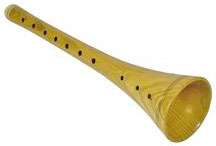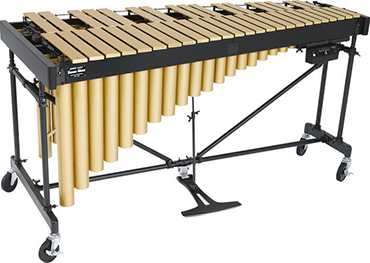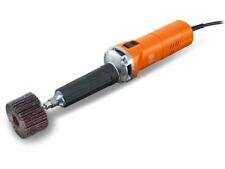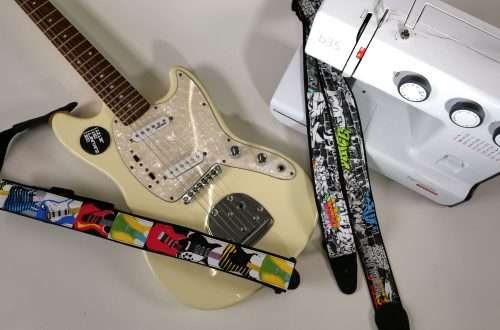
History of zurna
Zurna – reed wind musical instrument, is a short wooden tube with a bell and 7-8 side holes. Zurna is distinguished by a bright and piercing timbre, having a scale within one and a half octaves.
The zurna is an instrument with a rich history. In ancient Greece, the predecessor of the zurna was called the aulos.  Avlos was used in theatrical performances, sacrifices and military campaigns. The origin is associated with the name of the fabulous musician Olympus. Avlos found his recognition in the melodies of Dionysus. Later it spread to the states of Asia, the Near and Middle East. For this reason, zurna is popular in Afghanistan, Iran, Georgia, Turkey, Armenia, Uzbekistan and Tajikistan.
Avlos was used in theatrical performances, sacrifices and military campaigns. The origin is associated with the name of the fabulous musician Olympus. Avlos found his recognition in the melodies of Dionysus. Later it spread to the states of Asia, the Near and Middle East. For this reason, zurna is popular in Afghanistan, Iran, Georgia, Turkey, Armenia, Uzbekistan and Tajikistan.
Zurna became popular in Russia, where it was called surna. Surna is mentioned in books of literature of the 13th century.
According to the lines of poems, monuments of ancient civilization and painting in Azerbaijan, it can be said with certainty that zurna has been used since ancient times. In the people it was called “gara zurnaya”. The name is associated with the shade of the trunk and the volume of the sound. Earlier, Azerbaijanis accompanied their sons to the army to the sound of the zurna, held weddings, arranged games and sports competitions. To the tune of “Gyalin atlandy”, the bride went to the house of her betrothed. The sounds of the instrument helped the participants to win in sports competitions. It was also played during haymaking and harvesting. In traditional rituals, the zurna was used together with the gaval.
At the moment, there are several tools similar to the zurna: 1. Avlos was first created during ancient Greece. This instrument can be compared to an oboe. 2. The oboe is a relative of the zurna in symphony orchestras. Refers to wind instruments. Consists of a long tube 60 cm. The tube has side valves that regulate the frequency of the sound. The tool has a high range. The oboe is used to play lyrical melodies.
Zurna is made from hard wood varieties, such as elm. The pishchik is part of the instrument and has the shape of two connected reed plates. The bore is in the shape of a cone. The channel configuration affects the sound. The barrel cone produces a bright and sharp sound. At the end of the barrel there is a sleeve designed to adjust the plate. During inversions of a similar element, the tips of the teeth close the 3 upper holes. A pin is installed inside the sleeve, with a round socket. Zurna is equipped with additional canes tied to the instrument with a thread or chain. After the game is over, a wooden case is put on the cane.
In folk music, 2 zurnas are used at once during the performance. Weaving sound is produced by nasal breathing. To play, the instrument is placed in front of you with a slight inclination. For short music, the musician breathes through his mouth. With prolonged sounding, the performer must breathe through the nose. Zurna has a range from “B-flat” of a small octave to “to” of the third octave.
At the moment, the zurna is one of the instruments of the brass band. At the same time, it can play the role of a solo instrument.





